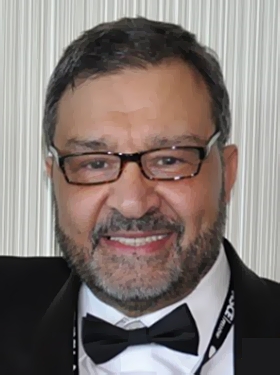New Specifications (2018) for Structural Engineering (SE) Exams, Part-1

We wish all our readers a happy and prosperous new year. This month we would like to talk about some significant changes that will take place in the SE exams in 2018. The National Council of Examiners for Engineering and Surveying (NCEES) will be using new specifications for the Structural Engineering (SE) exams next year. Effective beginning with the April 2018 examinations the NCEES Structural-I and Structural-II exams will be administered as a single 16-hour exam given in two days.
Unlike the computer-based Fundamentals of Engineering (FE) exam, the Structural Engineering (SE) exam is still administered in a pencil-and-paper format and is an open-book test.
The SE exam consists of two modules BREADTH and DEPTH and is offered in two 8-hour components on two successive days. It includes integrated design, analysis and detailing questions. No single component of the exam is a sufficient stand-alone exam for any purpose. We recommend our readers to see the NCEES website for exact specifications.
The 8-hour Vertical Forces (Gravity/Other) and Incidental Lateral component is offered only on a Friday. It focuses on gravity loads and lateral earth pressures. The 8-hour Lateral Forces (Wind/Earthquake) component is offered only on a Saturday and it focuses on wind and earthquake loads.
The 16-hour SE exam uses separate vertical and lateral components to test the applicant’s ability to safely design buildings or bridges, especially in areas of high seismicity and high wind. It is important to remember that the exam uses the US Customary System (USCS) of units only.
The breadth modules are in the morning sessions. These modules contain questions covering a comprehensive range of structural engineering topics and all questions in the morning are multiple-choice. The depth modules are in the afternoon sessions. These modules focus on a single area of practice in structural engineering. The examinee will choose either buildings or bridges, but must work the same topic area on both components. All questions in the afternoon depth modules are essay-type problems, constructed response (essay).
The examinee is required to obtain acceptable results on both 8-hour components of the SE exam in a single exam administration. It is acceptable to sit for and obtain acceptable results on one component, and then sit for and obtain acceptable results on the second component at a later date. The examinee must obtain acceptable results on both 8-hour components within a five-year period in order to pass the Structural Engineering exam.
New Structural Engineering BREADTH Exam Specifications
The 4-hour Vertical Forces (Gravity/Other) and Incidental Lateral breadth examination is offered on Friday morning and focuses on gravity loads. It contains 40 multiple-choice questions. The exam uses the US Customary System (USCS) of units. The breadth exam is developed with questions that will require a variety of approaches and methodologies, including design, analysis, and application. The knowledge areas specified as examples of kinds of knowledge are not exclusive or exhaustive categories. Score results are combined with depth exam results for final score of this component.
Topics and approximate number of questions of BREADTH exams
Analysis of Structures
Design and Details of Structures
1 – Analysis of Structures part has a total of 13 multiple-choice questions and consists of two categories. The first category is Generation of Loads with total 5 questions. Topics include: dead loads, live loads, moving loads, impact loads, vessel collision, earth pressure, differential settlement, hydrostatic and hydrodynamic loads, flood, snow, rain, ice, thermal, shrinkage and load combinations.
2 – Load Distribution and Analysis Methods with a total of 8 questions. Topics include: static (e.g., determinate and indeterminate, location of forces and moments, free-body diagrams), shear and moment diagrams, code coefficients and tables, truss analysis methods, approximate beam or truss analysis methods and approximate frame analysis methods.
The Design and Details of Structures section has a total of 27 questions and includes the following five categories:
A-) General Structural Considerations, 3 questions
B-) Structural Systems Integration, 2 questions
C-) Structural Steel, 5 questions
D-) Cold-Formed Steel, 1 question
E-) Concrete, 5 questions
F-) Wood, 4 questions
G-) Masonry, 3 questions
H-) Foundations and Retaining Structures, 4 questions
For detailed topics in each category, our readers should consult with www.NCEES.org. But to give an idea about the topics covered in structural steel for example, the subject-list includes: tension members, columns and compression members, trusses, flexural members, plate girders, secondary support systems, shear in steel members, combined axial and flexural members, composite design, bolted and welded connections, base and bearing plates, thermal effects and bridge piers. You can find Dr Z’s practice problems for this month here.
In our February article we will talk about the Design Standards and Structural Engineering DEPTH Exam Specifications.
And finally stay relaxed and confident. Always keep a good attitude, focus on the ultimate goal and remind yourself that you are going to do your best!
Until next time,
Ahmet Zeytinci, P.E.
This email address is being protected from spambots. You need JavaScript enabled to view it.








